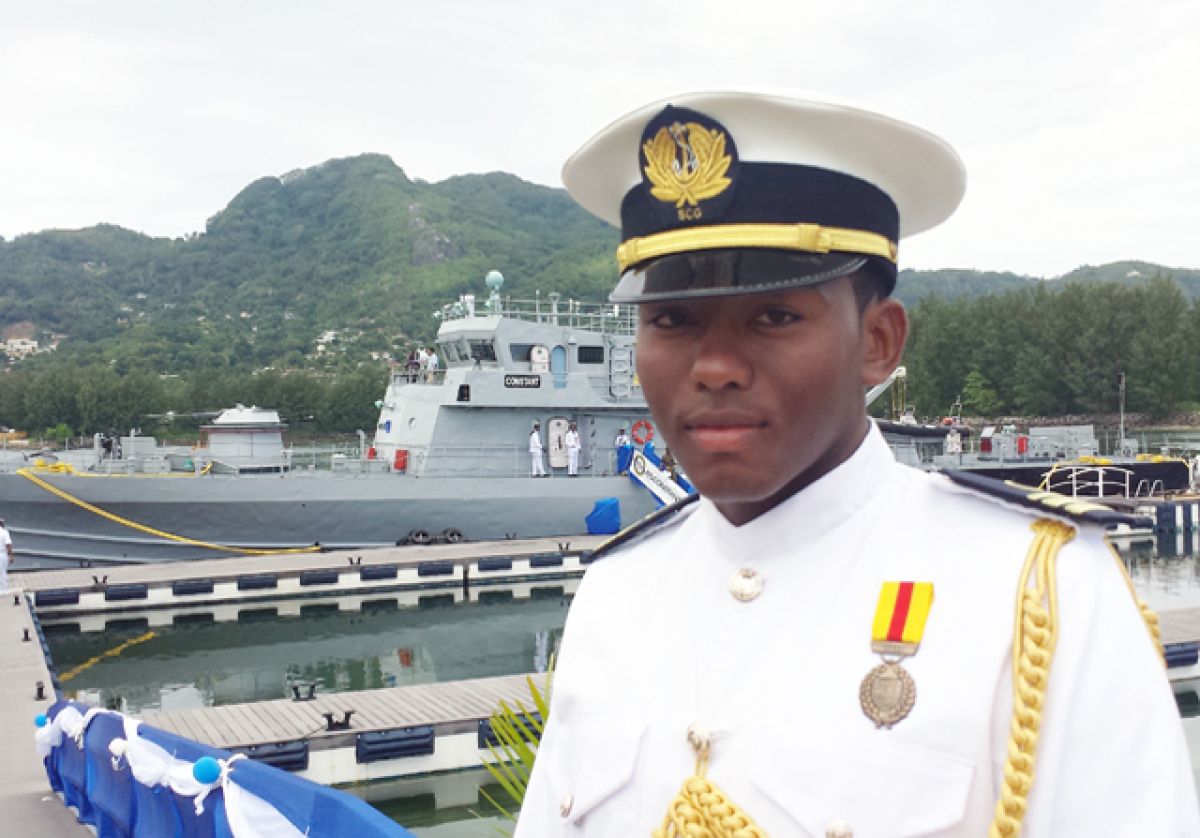From the first European visit by Vasco da Gama (who named the islands as ‘Admiral Islands’ in honour of himself) at the start of the 16th century, colonial control of the islands passed through various European nations, before the British took control in 1811, making Seychelles a British Crown Colony in 1903.
Independence came on June 29th 1976, promptly followed by a coup d’état which installed France-Albert René as President and the new-born nation becoming a one-party state.
Though René described himself as an “Indian Ocean socialist” rather than a communist, his regime was aligned with the Soviet Union.
René’s grip on power survived several coup attempts, but the collapse of the Soviet Union in 1991 and potential international isolation, led to René announcing a return to the multiparty system of government.
On June 18th 1993, a referendum on an amendment to the constitution allowing multi-party democracy was passed with 73.9% of the electorate in favour of the change.
Unusually in these situations, René easily won the elections in July 1993 and continued as President until he stepped down in July 2004.
Until 2015, this was the National Day of Seychelles. Independence Day on June 29th has now taken that honour.
The colours on the flag of Seychelles represent the colours of the main political parties after other parties were allowed under the constitution of 1993.
